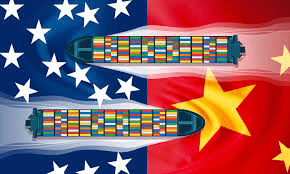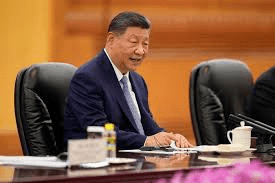Trade hardball, new fees, shifting leverage
China is signaling confidence that it can absorb a protracted economic confrontation with the United States. According to fresh reporting, Beijing believes President Donald Trump will blink before pushing through a new round of sweeping tariffs that could rattle markets and dent global growth. The calculus rests on several pillars: China’s industrial policy and state credit can cushion targeted sectors; domestic consumption has been shored up by stimulus; and Beijing estimates U.S. inflation risks from higher import costs will feed political pressure to de-escalate. At stake is not only tariff schedules but also regulatory pressure on supply chains, shipping, and technology flows. Business lobbies on both sides warn that “weaponized logistics”—higher port fees and inspections—are already adding costs across retail, autos, and energy.

Evidence of the new posture is visible in transport and trade behavior. Chinese carriers have pushed back against proposed U.S. limits on trans-Russia overflights that shorten Asia–U.S. routes. Shippers report route juggling to mitigate fuel burn and crew hours, while importers front-load orders ahead of possible surcharges. Markets are oscillating as investors parse signals from Washington and Beijing. The dollar’s swings against Asian currencies reflect rate-cut bets in the U.S. and fears of a drawn-out tariff cycle. For multinationals, scenario planning now assumes longer customs clearance times, periodic fee spikes, and episodic boycotts in consumer goods. Economists say a tit-for-tat dynamic could knock tenths off global growth if it endures into the holiday quarter. For now, both capitals insist they have the leverage to outlast the other. The longer firms live with “sticky” extra costs at ports and in air cargo, the more supply chains will harden around parallel trading blocs—and the harder reconciliation will become.












